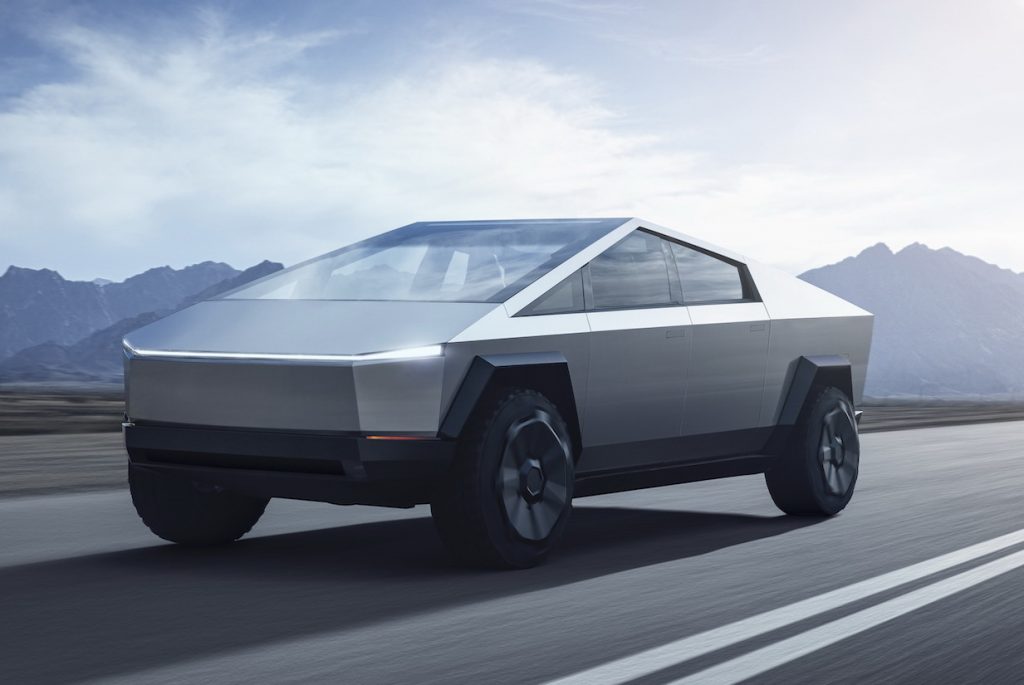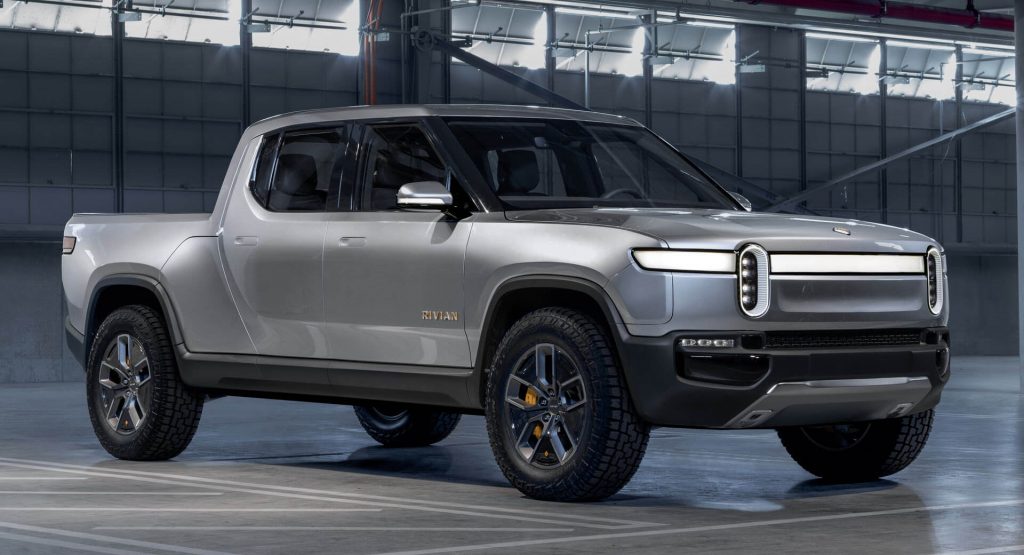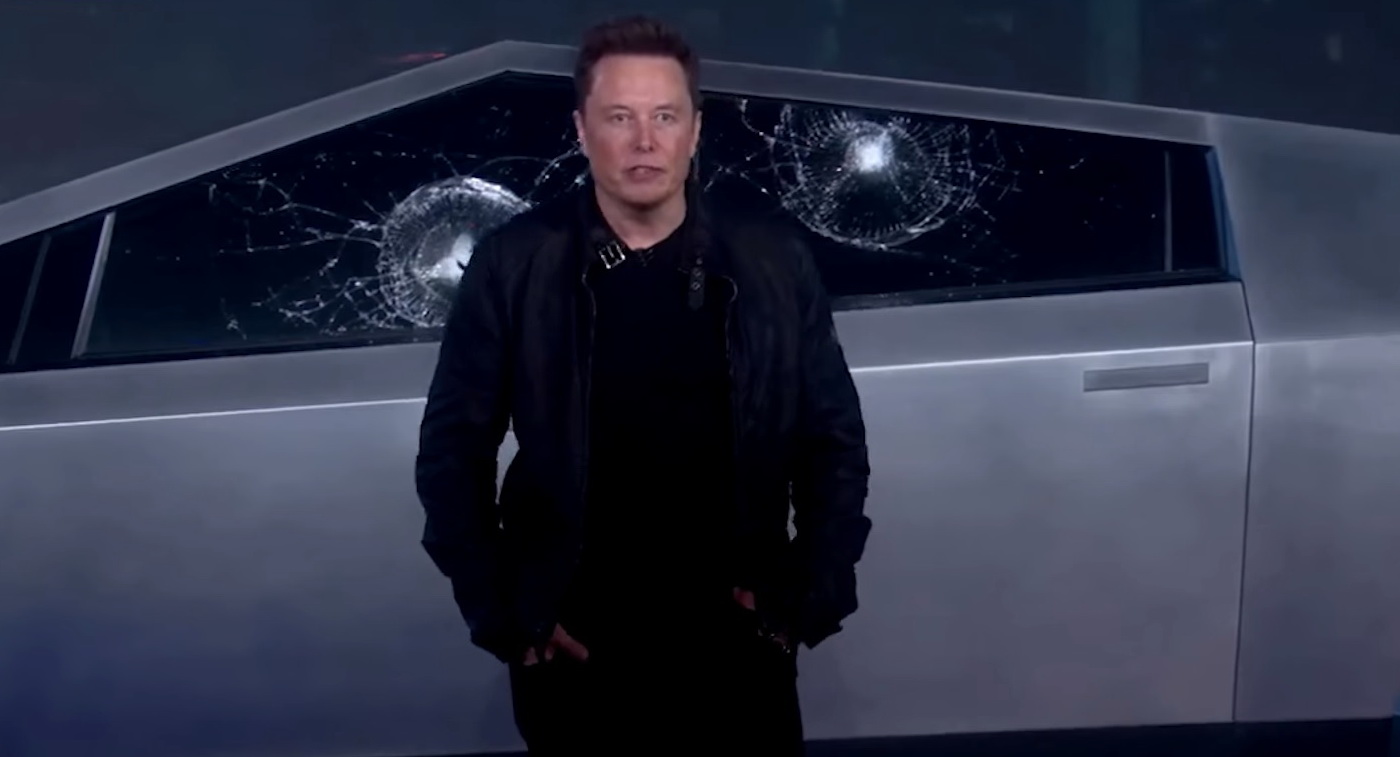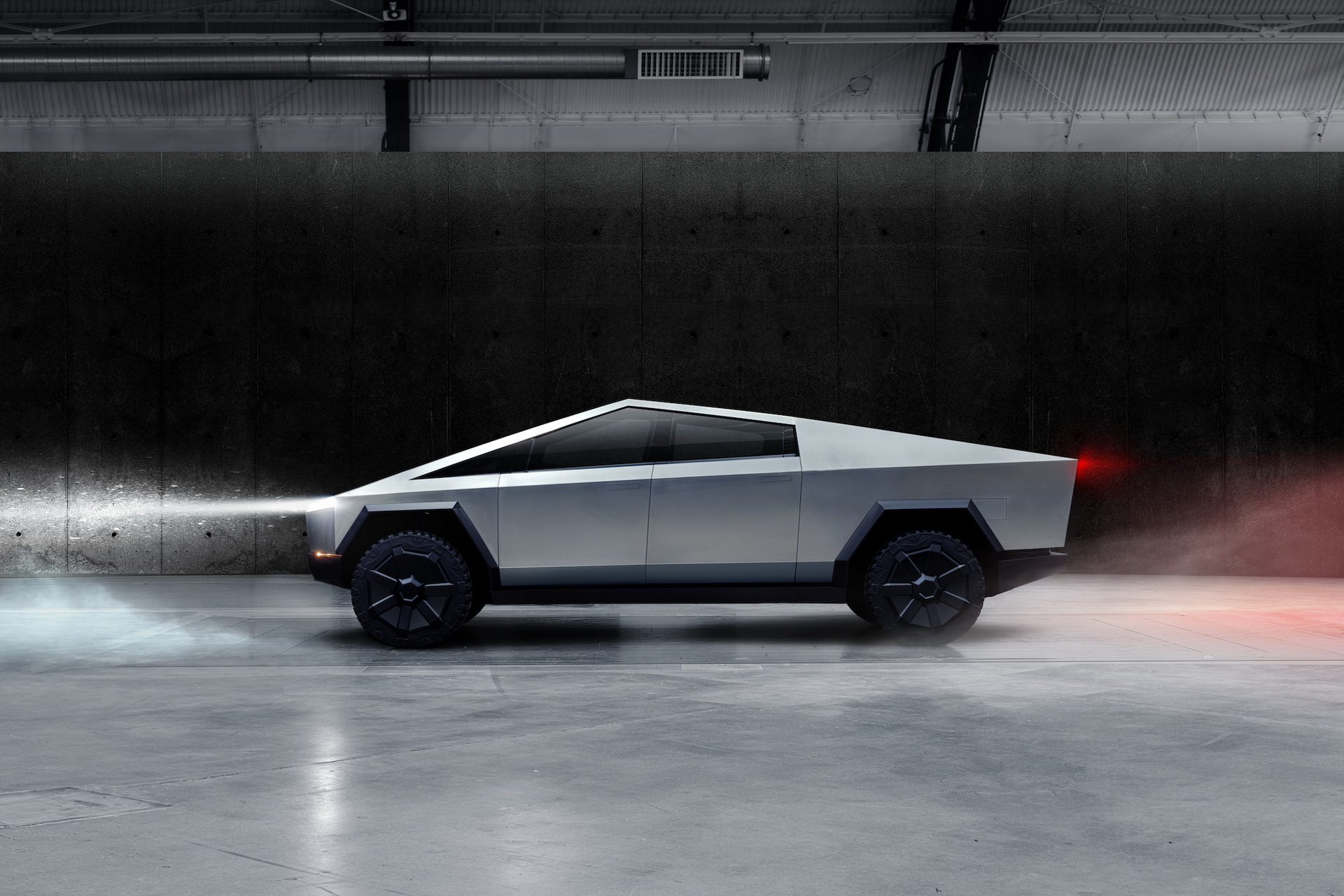The collective sound of jaws simultaneously dropping on the floor covered the big reveal moment of Tesla’s new Cybertruck like a heavy blanket. If Tesla’s goal was to dominate the discussion on electric vehicles yet again, then this is mission accomplished.
The design is, put mildly, polarizing, but we have to admit that Elon Musk delivered on his promise for a truck that looks like something out of the Blade Runner movies. I applaud every car maker’s efforts in creating something truly unique in terms of styling but the striking Cybertruck left me more stunned than impressed.
The wow factor is undeniably there but one can’t help but wonder if the Cybertruck’s extreme presence is actually legal enough to be used on a regular production vehicle.
Related: Tesla Cybertruck Is A Pickup From The Future Now; 0-60 In 2.9s, From $39,900
Let me elaborate. The combination of the tough 3mm-thick stainless steel body with some pretty sharp angles raises questions about the Cybertruck’s ability to pass all the necessary crash testing without Tesla having to significantly change the design and the materials used in the bodywork. The steel panels are thick enough to stop a 9mm bullet from piercing through, albeit there’s no mention of any actual armor rating, and one only can wonder what could happen during a pedestrian crash test.
The thing is that if the Cybertruck’s thick stainless steel skin is as heavy as implied, then the Tesla pickup could fall under the Class 3 category of light-duty trucks, which doesn’t require any crash testing if it scores a gross vehicle weight rating of over 10,000 lbs (4,536kg).
Then there’s the topic of the crucial-for-EVs aerodynamics; the Cybertruck’s flat surfaces and sharp creases -especially that roof corner- are in theory detrimental for every vehicle’s ability to glide effortlessly through the air but apparently Tesla claims it has this covered. I can’t even begin to imagine the wind noise inside the cabin if they haven’t.
Apparently the manufacturing costs are much lower for a truck with no curves at all, as there’s no need for expensive stamping machines, while the unpainted stainless steel body takes the paint shop out of the equation completely.
That leads us to perhaps the most impressive feature of the Tesla Cybertruck, which is of course the price; base models will apparently will start from just $39,995, which does not include any incentives, once production (hopefully) starts in late 2021. This will get you a single-motor, rear-wheel drive model with a 250-plus mile (400+ km) driving range, a tow rating of 7500lbs (3,400 kg) and a 0-60 in 6.5 seconds. The mid-range Dual Motor version has all-wheel drive, 300-plus miles (482 km) of range, a tow rating of 10,000 lbs (4,535 kg) and a 0-60 in 4.5 seconds. The Tri-Motor flagship, which will arrive in late 2022, will offer over 500 miles (804 km) of range, a tow rating of 14,000 lbs (6,350 kg) and a 0-60 mph in 2.9 seconds. Stunning numbers, by any measure imaginable.
The Rivian R1T is the closest electric pickup truck rival at the moment, with the $69,000 base price positioning it closer to the range-topping $69,900 tri-motor version of the Cybertruck. The base Rivian R1T has a smaller towing capacity (11,000 lbs over the Tesla’s 14,000 lbs), less horsepower (402 HP over the Tesla’s estimated 900HP) and a shorter driving range (240 miles over the Tesla’s 500 miles).
As for the frankly hilarious armored-glass stunt that forced Musk to sit in front of his new baby with its windows shattered for so long, the truth is that regular armored glass is supposed to behave exactly as it did upon impact. Apparently no one told Elon. What I’m not going to do is comment on the theatrical outfits of Tesla’s team on the stage.
I will not.
The Tesla Cybertruck is -officially- two years away from production, with the show car described as an “Alpha” prototype. That means that plenty of things will eventually change on the road to the assembly line, so don’t get too attached to things like that kitchen countertop inside the cabin. I know I won’t.

















